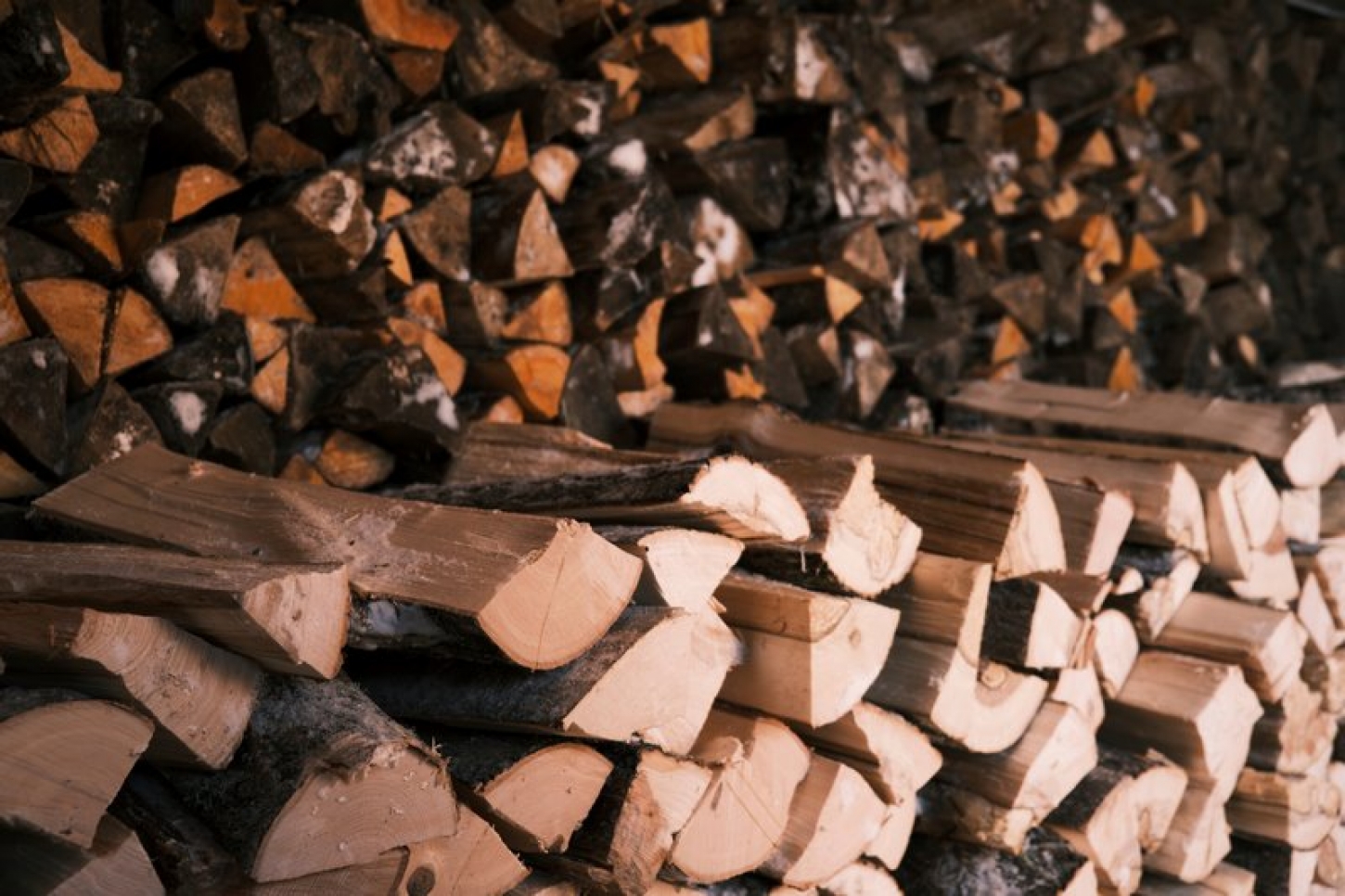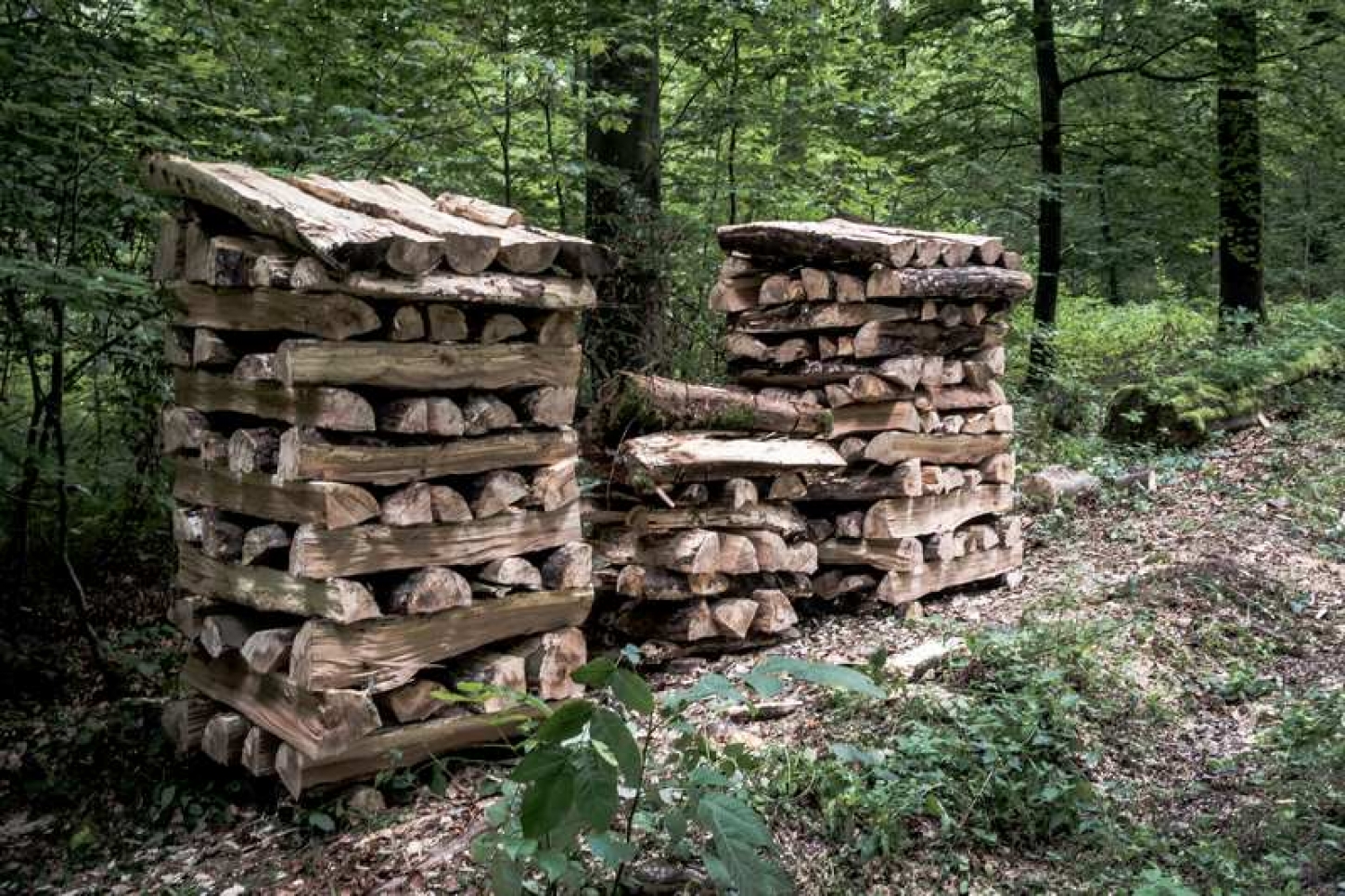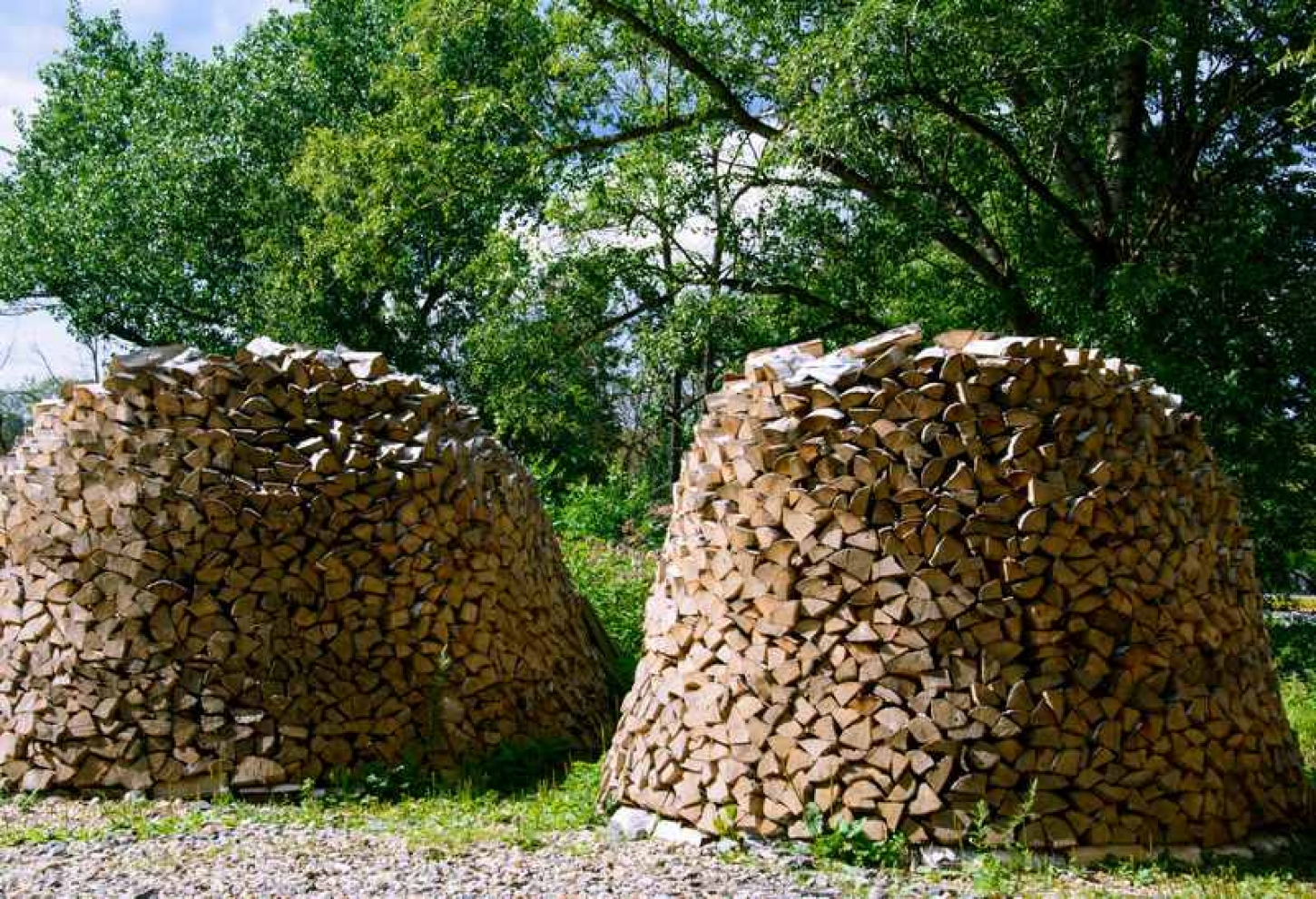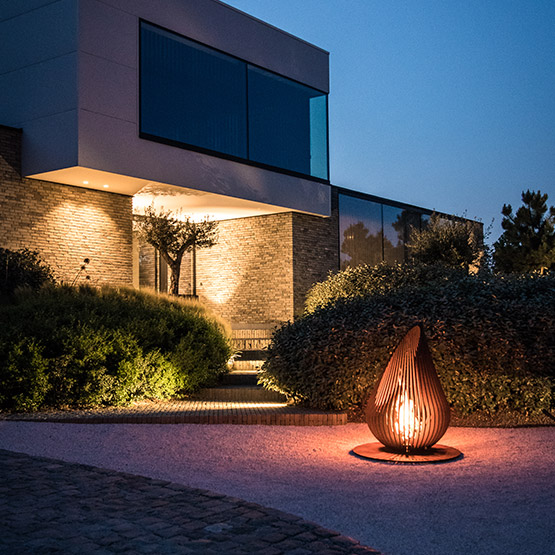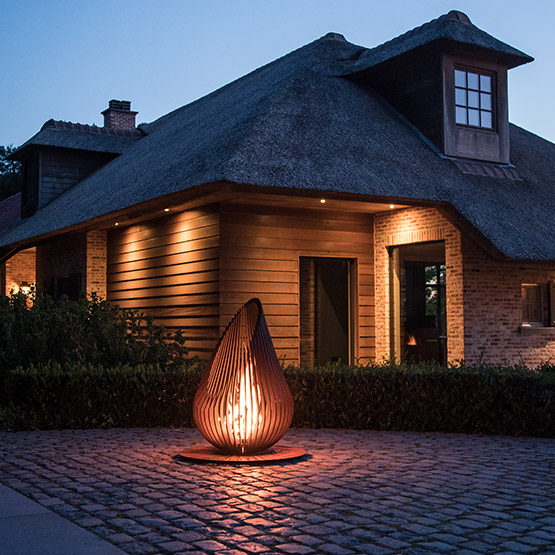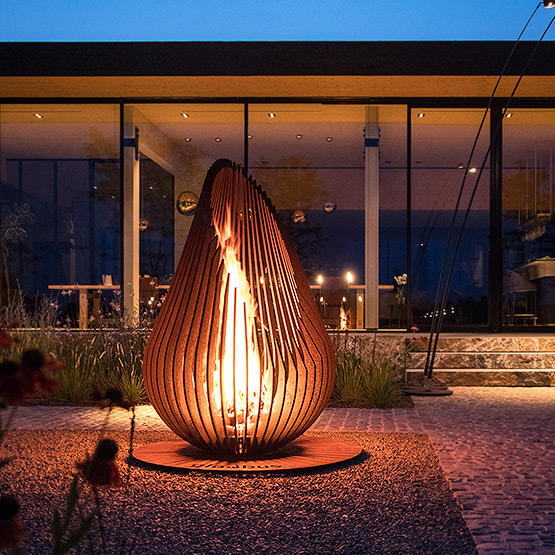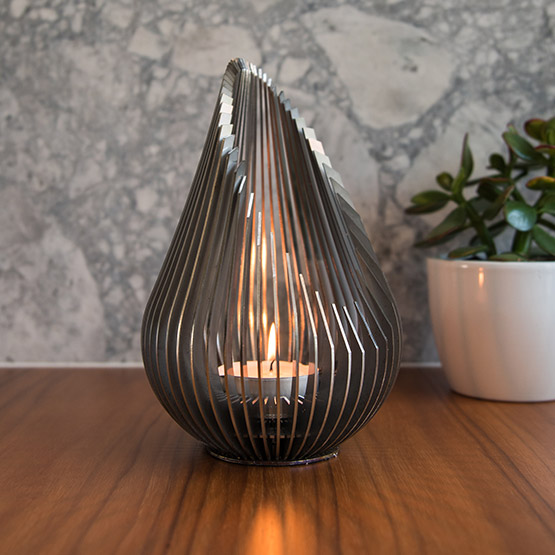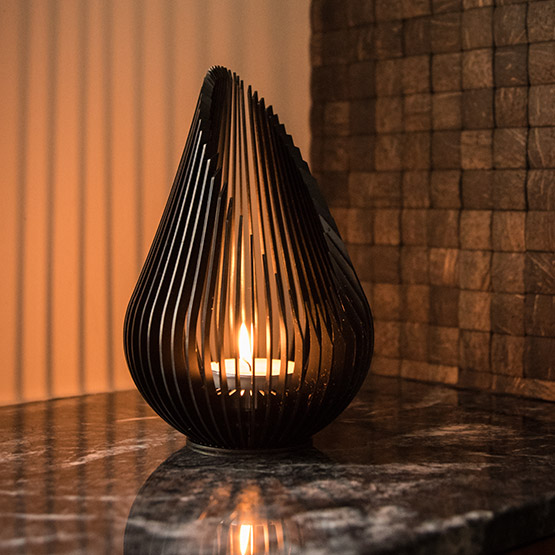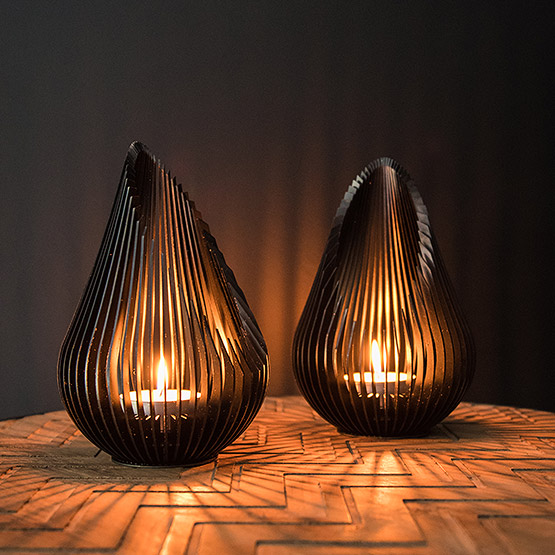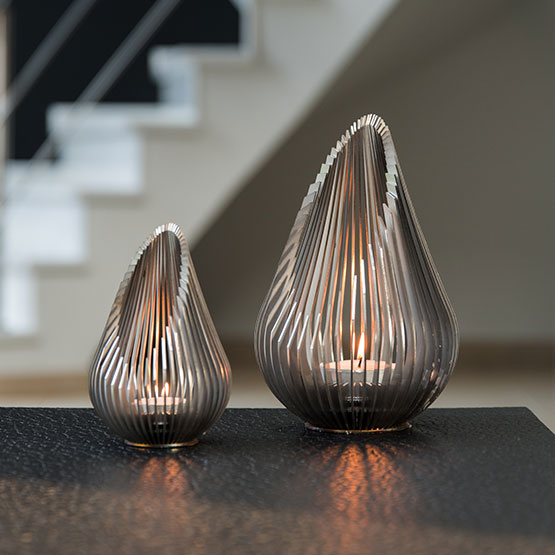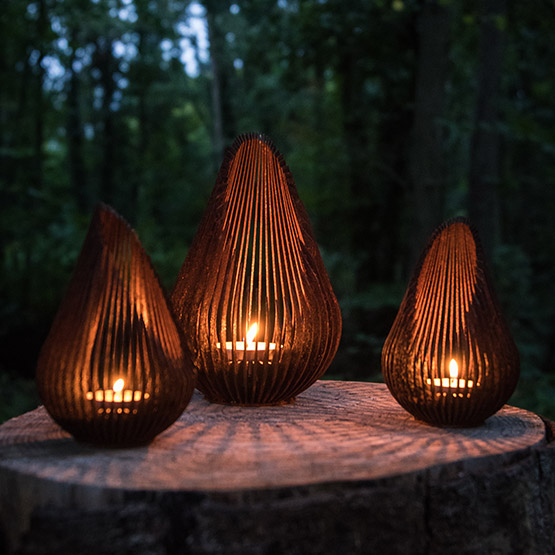
Andreas Ketels
Artist and founder of Glowbus®
Wood fire or incinerator?
One of the few things which can still amaze me, is the garbage some people throw in their fire pit to keep the fire going. About how to build the perfect fire, I will tell another day, but I do would like to discuss the things you can and cannot burn in a fire pit.
No burn
All types of wood which have had some form of treatment can better be avoided. Think of stained, varnished, painted, or impregnated wood. Because of the treatment, harmful substances can be released during the burning. Harmful for you, your family, but also for our planet. Also plate material such as particle board, MDF, multiplex and OSB do not belong in the fire pit, because they often contain added substances such as glue. Also avoid newspapers, glued carton or other, often printed, garbage to keep the fire going.
Burn baby burn
By now it is clear that it is best to use pure, untreated wood. But the one block of wood is not the same as the other.
There is soft and hard wood which can be used in the fire pit. Hard wood, such as oak, beech and maple leave lots of glowing embers. However, it is the flame, not the embers, which provides the light around a fire pit, and partly also the heat. That can be achieved quicker by using soft wood such as birch, alder, and poplar. The disadvantage of softer wood is they burn quicker, so you have to replenish sooner. Wood such as chestnut or pine is also fine but gives of more sparks when burning.
My personal advice?
Use a mix of soft and hard wood to get the best of both worlds. My favorite combo? Beech and poplar. Beech for its longer burning time, poplar because I love the flames and light spectacle this wood produces.
Keep it dry
You do not put wet trousers, right from the washing machine, directly in the clothing closet, and you do not put a wet block of wood in a fire pit. Simple. Or not? The biggest problem with wood that is still too wet, is the white smoke produced when burning, which makes an evening around the fire pit uncomfortable for you and your neighbors. Dry wood also generates more heat, because the fire has to spend less energy on drying the moist in the wood. When you start chopping wood, it will have a humidity percentage of around 50% because there are still growth fluids present in the wood. Ideal wood for burning has a humidity percentage of around 15%. Above 20%, you will get smoke. Burning dryer wood is also the ideal way to limit the emission of fine particles to an absolute minimum.
Realize that the drying process is not completed in a few weeks. Normally, you have to take a drying time of 1 to 2 years into account, if the ventilation is good. Tip: Nowadays, you can buy a wood humidity meter, to be always sure you will not sacrifice the chosen blocks before they are ready.
The ‘perfect wood block’ checklist
Before we start stacking, let’s stop a moment to look at the perfect wood block.
- The ideal length is between 33 and 40 centimeters. Check to be sure if it fits in your fire pit and build your wood stock with the desired length from the start.
- Chop the wood into thin enough pieces. I personally use a maximal thickness of 8 centimeter, but I also chop up some thinner pieces, which I keep separate.
- I also chop up some extra fine pieces as starting material for starting fires, because a fire needs to be built. You cannot go from lighter to woodblock in one go.
The ideal wood stock
Your ideal stacking place is always outside. Never in a garage, because there is no fresh supply of wind and the wood will become moldy instead of dry. Choose a place where the wind can pass all the sides of the wood, while the stack is covered on top to protect against rain. If you build a stack next to a wall, make sure there is always a minimal distance of 10 cm between the wall and the stack of wood. At the bottom, it is best to keep 20 cm above the ground to precent moist from rising into your stack of wood. Stack the layers of wood in a staggered manner also improves drying. Are wood stacks making you ‘nerdy’? You can go full steam ahead for an authentic stacking method such as an authentic Wood mite or ‘Holzmiete’, a popular, century old German stacking technique.

